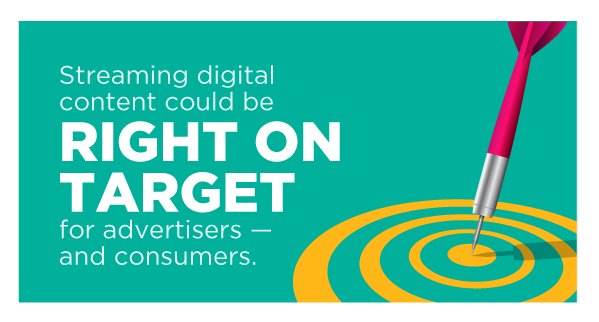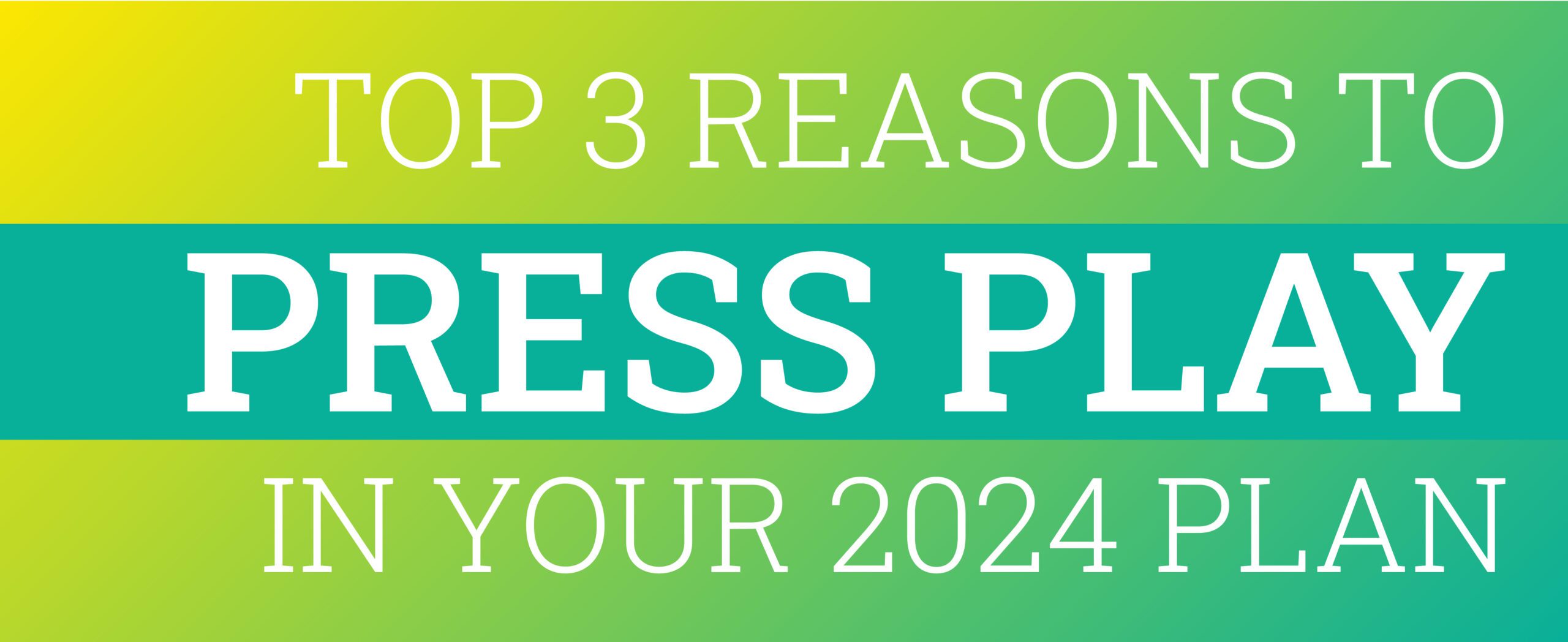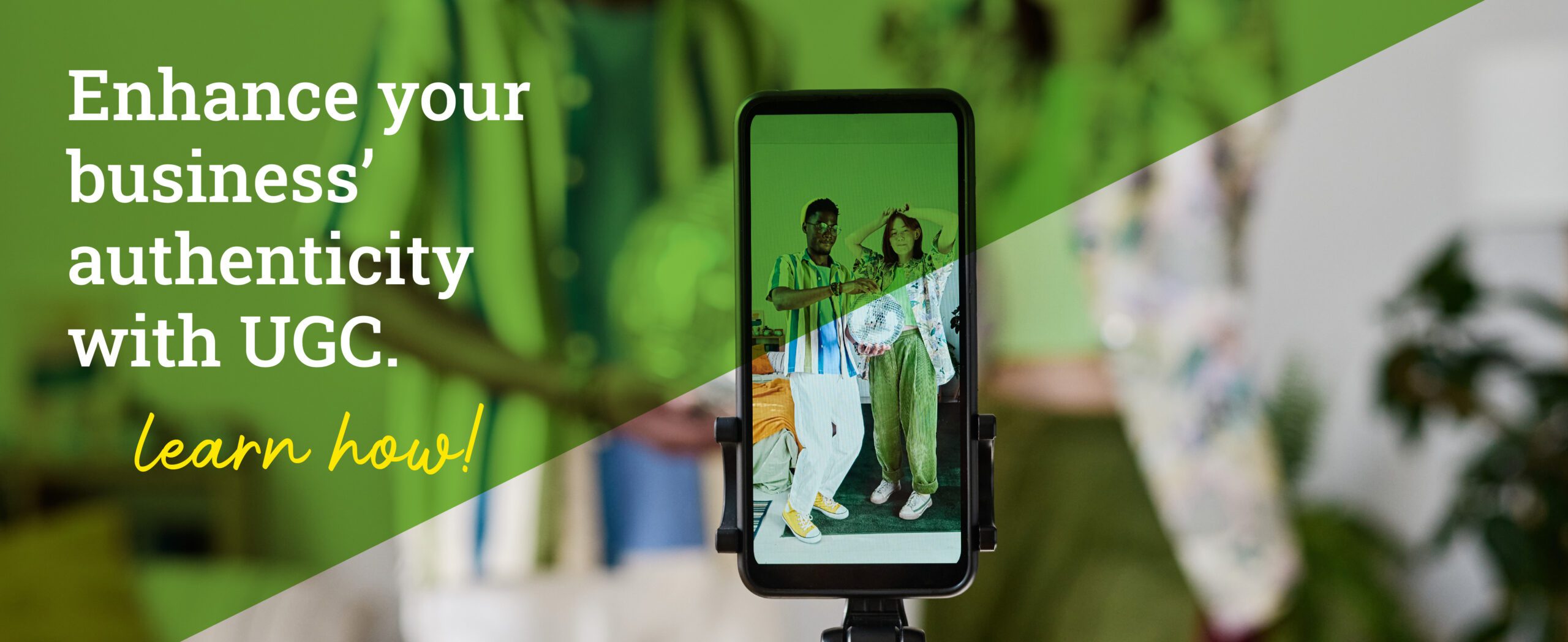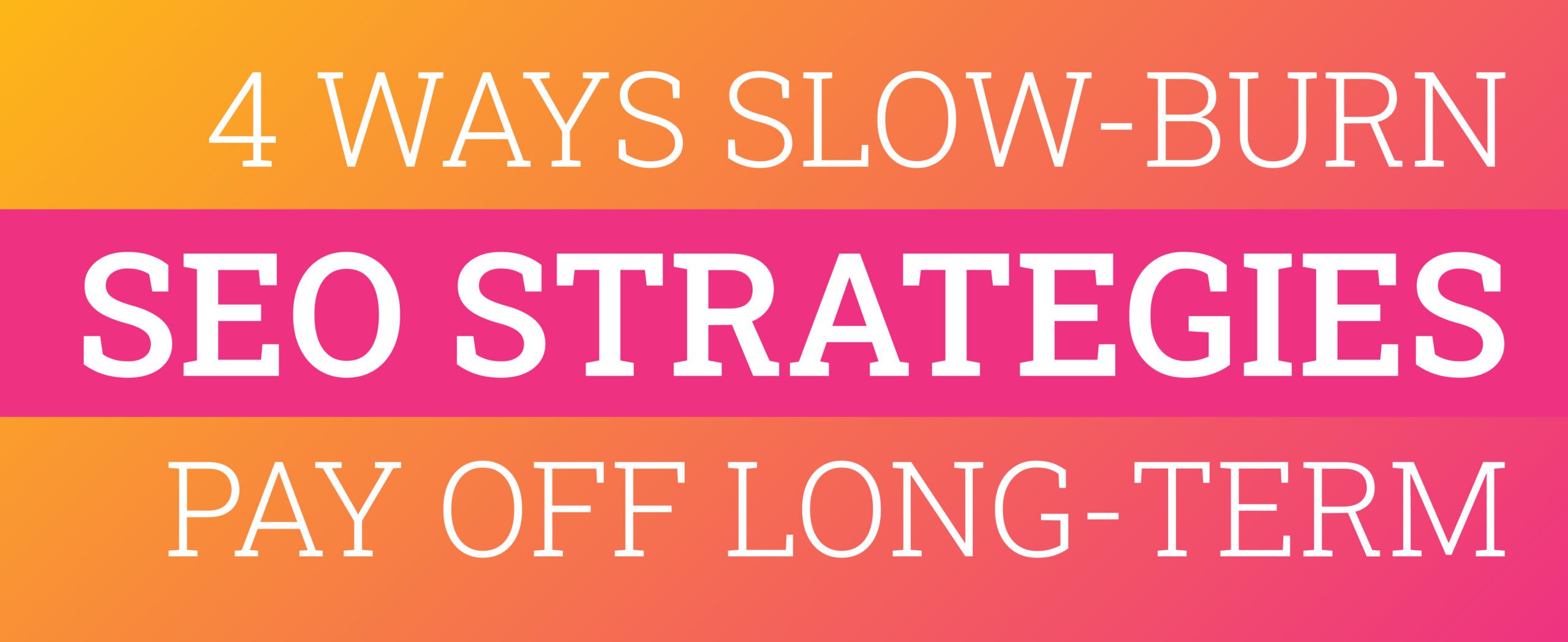Do you remember life before streaming video?
Of course, you do. No matter how old you are now, chances are, if you have a LinkedIn account, you’re old enough to remember a time when our only choices for television came via an antenna, a cable, or a satellite. The only way for us to reach our favorite shows and movies was if were physically plugged in, and the only way for advertisements to reach us was if we stayed in the room.
Not anymore.
A recent eMarketer article references a May 2017 study from Fluent LLC, which found that 67% of US internet users use and have access to a streaming service (such as Netflix or Hulu), while just 61% have cable in their homes. Surprisingly, it’s not just millennials who opt for streaming; while 77% of them have access to a phone or tablet, 65% of their older counterparts do, too.
Whether we are motivated by the low cost, access to original content, or the ability to watch on any device (or all of the above), it’s clear we have made streaming digital content a mainstay in our daily lives.
I’m going to take a wild guess here and say it’s only the beginning.
Even with cable, everything we watch tells the programmer a little bit more about who we are and how we like to be entertained. It’s how Amazon tells us what to watch next, how Netflix suggests other content, and how Hulu tells us shows we may also like. As the Wall Street Journal reports, we’ve already seen media giants like Hulu and Viacom use technology to allow cable users to interact directly with traditional TV ads via their remote by giving them an opportunity to click on an ad to learn more or find local retailers.
Streaming content takes it one step further by allowing intense targeting to come into play. With the recent alignment of BrightLine (a tech firm that brings you interactive cable ads) with Nielson Marketing Cloud (the marketing software division for one of the largest media research firms in the world), we will soon have the potential to align ads along Nielson’s 60,000 audience segments. With this information, companies could reach qualified leads and speak directly to their pain points right when they are most attentive—while they are plugged into their phones, televisions, and tablets.
Ultimately, it means a shorter and narrower sales funnel, and stronger ROI. It means creating content optimized for mobile. It also means toeing the line of knowing our consumers well, but not being overly familiar. Marketers will need to learn to be noticeable, but not invasive, like a soft whisper in a movie theater asking for more popcorn; it’s expected, and not altogether unwelcome, and it encourages everyone to share in the experience without taking them out of it.





